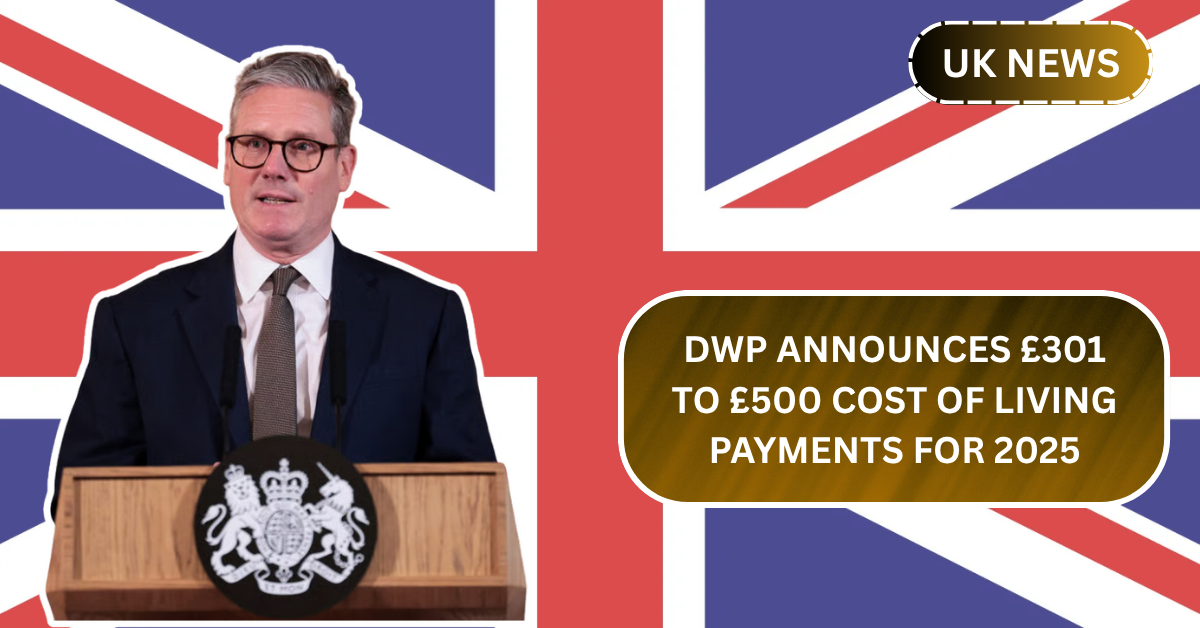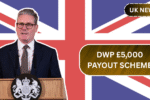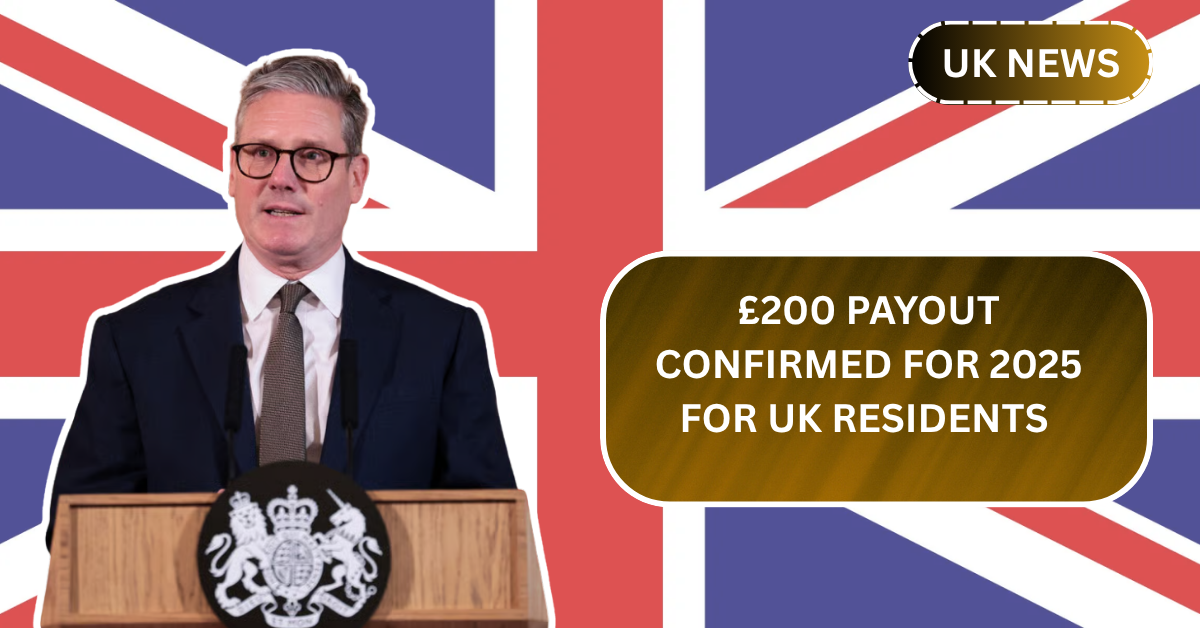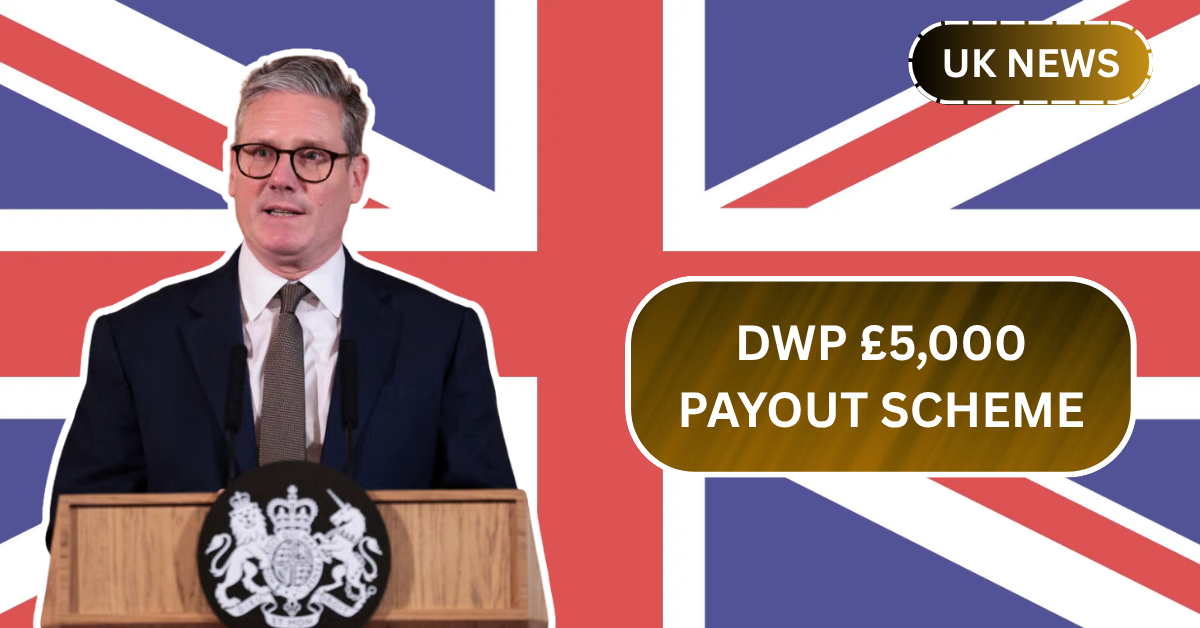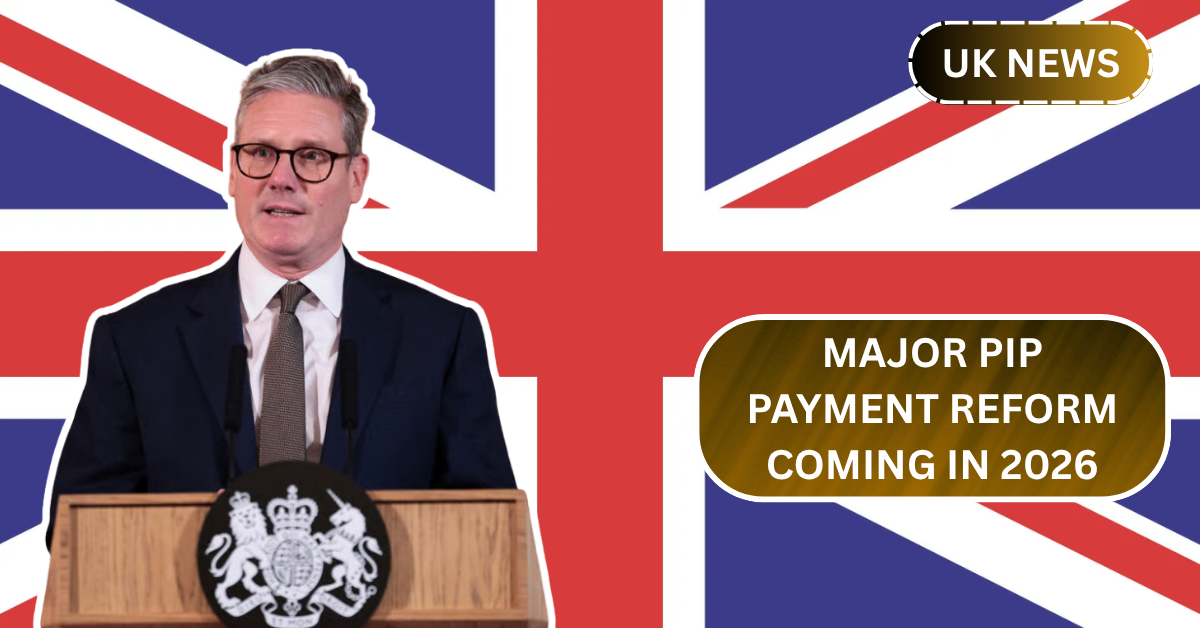The Department for Work and Pensions (DWP) has confirmed that eligible individuals will receive cost of living payments ranging from £301 to £500 in 2025. This initiative aims to support people struggling with rising living costs and inflation. Here’s everything you need to know about these payments, including eligibility criteria and key payment dates.
What are the Cost of Living Payments?
The UK government has committed to providing direct financial support to help those affected by the rising cost of living. These payments will be delivered in stages, with eligible individuals receiving amounts ranging from £301 to £500. The payments are designed to assist those on low-income benefits and pensions, ensuring they can cope with financial challenges brought on by inflation.
Who is Eligible for the Cost of Living Payment?
To qualify for the cost of living payment, individuals must meet certain criteria. The DWP has confirmed that these payments will be provided to:
- People on means-tested benefits: If you are receiving Universal Credit, Income Support, or Jobseeker’s Allowance, you may qualify for the payment.
- People receiving disability benefits: Those on Personal Independence Payment (PIP), Disability Living Allowance (DLA), or Attendance Allowance will also be eligible.
- Pensioners on qualifying benefits: If you are receiving Pension Credit, you may be eligible for the payment to help with living expenses.
To ensure you receive the payment, it’s important to make sure you are receiving the correct benefits and that your records with the DWP are up to date. If you’re unsure about your eligibility, you should reach out to the DWP or check the government’s official website for further details.
How Much Will You Receive?
The amount you will receive depends on your circumstances and which benefits you are claiming. The DWP has outlined the following payment bands:
- £301 Payment: This will be provided to those receiving means-tested benefits such as Universal Credit and Jobseeker’s Allowance.
- £500 Payment: This amount is reserved for individuals receiving disability benefits or pension credits.
These payments will be sent directly to your bank account, and you do not need to apply separately unless directed to do so by the DWP.
Payment Dates and Timeline
The DWP has provided a timeline for these payments, which will be spread out over the year. Here are the key dates you should keep in mind:
- Spring 2025 – First Payment: The first round of payments will begin in April 2025. Eligible individuals will start receiving £301 or £500, depending on their benefits status.
- Autumn 2025 – Second Payment: A second payment of £301 will be made to those who remain eligible. This will be issued around October 2025.
- Winter 2025 – Third Payment: A final round of £301 will be paid in December 2025 to continue supporting individuals during the holiday season.
How to Receive Your Payment
If you are eligible, the payment will automatically be transferred to the bank account linked to your benefits. However, if you have recently changed your bank details or you have not received a payment you believe you are eligible for, it’s important to contact the DWP immediately. They will investigate any discrepancies and ensure that the payment is made correctly.
What to Do If You Don’t Receive Your Payment
If you haven’t received your payment by the expected date, don’t panic. There could be a number of reasons for the delay, such as an issue with your benefits claim or a problem with your bank details. Here’s what you can do:
- Check Your Eligibility: Double-check that you meet the criteria for the payment.
- Check Your Bank Account: Make sure the bank account linked to your benefits is correct and active.
- Contact the DWP: If everything seems correct and you haven’t received the payment, reach out to the DWP for assistance. They will be able to look into your case and provide you with updates on when you can expect the payment.
The Importance of the Cost of Living Payment
These payments are essential for many people in the UK, especially with the ongoing rise in living expenses. From grocery prices to utility bills, individuals on fixed incomes or low wages have been hit hardest by inflation. The cost of living payment offers much-needed financial relief, allowing recipients to cover their basic needs and avoid falling deeper into financial hardship.
How the Cost of Living Payment Helps
The financial support provided by these payments is designed to ease the burden on individuals and families struggling to make ends meet. For those on disability benefits or pensions, the payment can help with extra costs such as medical bills, transportation, and other daily expenses. Similarly, for those receiving means-tested benefits, the extra funds will support households that are finding it difficult to stretch their budgets.
Looking Ahead
The DWP’s cost of living payments are part of a broader effort to provide financial relief to vulnerable groups. While these payments are expected to help many individuals in 2025, the government has also indicated that more support may be available in future years depending on how the economy evolves.
As inflation and living costs continue to be a challenge, it is crucial for individuals to stay informed about available support. If you are unsure about your eligibility or need assistance, always refer to official government channels or seek advice from relevant agencies.
Final Thoughts
With rising living costs, these cost of living payments will offer vital support to those who need it most. Make sure you are aware of the eligibility requirements and key payment dates so that you don’t miss out on this important assistance. If you need more information, don’t hesitate to reach out to the DWP for personalized help.
